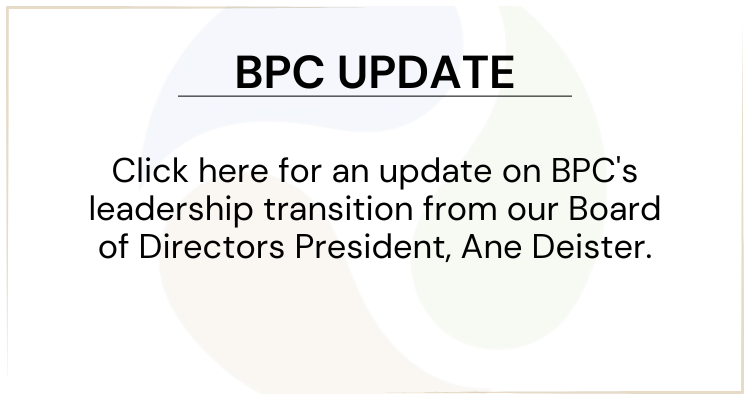Bank of the West U.S. Outlook Report for April 24, 2015
US Outlook Report: Monetary Policy Tighter without Tightening
With the April FOMC meeting on tap for next week, and everyone, including me, looking for the Fed to delay somewhat its initial rate hike until September, I thought now would be a good time to add some points to the go-slow approach currently being touted by Chair Yellen, and many other Fed presidents and governors. Many have cited the U.S. growth slowdown in Q1, and the downside risks from Europe, China, and a strong U.S. dollar. These factors alone are pretty good reasons to remain cautious as the Fed normalizes interest rates.
Others look at the dramatic drop in global interest rates and ask: How can the Fed raise interest rates when the rest of the world is moving in the opposite direction? All good points, but here are a few more you might not yet have considered.
Low inflation has already pushed inflation-adjusted, or real, interest rates higher without the Fed even touching the Fed funds target rate. And from Economics 101, its real interest rates that matter for the economy and spending.
Let’s not forget that the tapering of the Fed’s large-scale asset purchases that began last February and finally the end of QE3 asset purchases last October were the first initial foray into monetary tightening. Indeed, if one looks at high-powered money, what economist call the monetary base, which includes currency in circulation, vault cash, and bank reserves held at the Fed, you can clearly see the monetary stimulus of QE1, QE2, and QE3, has now completely disappeared. The monetary base’s growth has gone from 39% to 1.2% in little over a year.
While the Fed maintains that raising short-term interest rates off the floor isn’t tightening, but merely “normalizing” short-term interest rates, don’t get caught up in the semantics, normalizing is tightening, especially since rates have been at the zero bound for so long. Our macroeconomic models tell us that higher real interest rates always reduce interest sensitive spending, not just when interest rates move above normal levels. Or in economist speak- the relationship between real interest rates and interest sensitive spending is linear, not non-linear.
Bottom-line: the U.S. economy is probably resilient enough to withstand a few token rate hikes from the FOMC today, but beyond that, it’s difficult to say with much certainty. If Europe and the global economy improve, U.S. inflation increases, and bank lending continues to recover, the Fed will be in a good position to continue the interest rate normalization process, but for now a “go-slow” snail’s pace approach appears prudent.
To find out more, check out this week’s US Outlook Report.
Tags: economy

